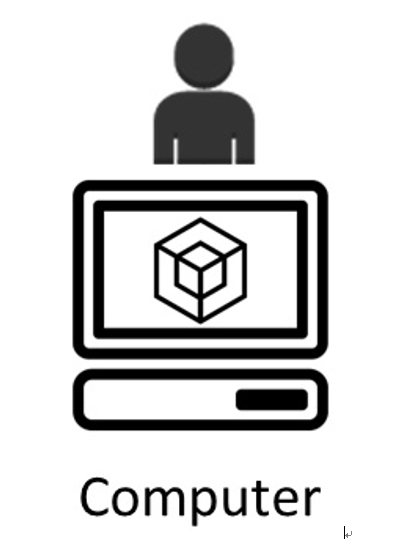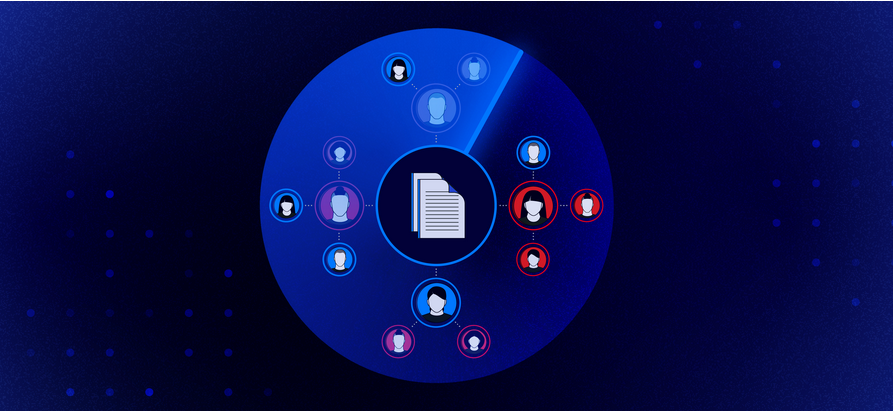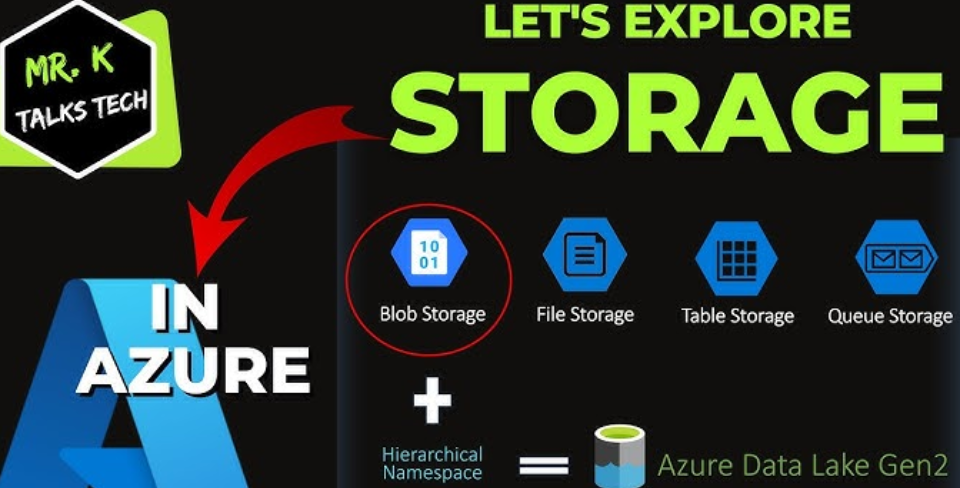Why choose microservices today?
In the ever-evolving landscape of software development, the architecture you choose can make or break your application. The decision between a monolithic and a microservices architecture is more than just a technical choice; it is a strategic one that impacts everything from development speed to operational efficiency. This section aims to shed light on why microservices have become the architecture of choice for many organizations, especially those looking to scale efficiently and securely.
The monolithic way
Before we venture into the transformative world of microservices, it is crucial to have a solid grasp of monolithic architecture. This architectural style has been the bedrock of software development for decades. It offers a straightforward approach where all the code necessary for an application is deployed and executed from a single computing platform. This platform often includes the operating system, the database, and other software stacks that are essential for the application to function.
From mono-tier to multi-tier
The journey of monolithic architecture is a tale of evolution. While they are still relevant today, these architectures have undergone several changes over the years. One of the most significant shifts has been the move from a single-layer or mono-tier model to a multi-layer or multi-tier model. This evolution has been driven by the growing complexity of applications and the myriad benefits that come with layer separation, such as enhanced security, fault tolerance, and resource allocation.
Mono-tier model
In mono-tier architecture, the application is as simple as it gets. All components—be it the user interface, the business logic, or the data storage—run on a single system. This is the architecture you would typically find in mainframe systems or simple desktop applications. While this model offers the advantage of simplicity, it severely lacks scalability and fault tolerance. Any issue in one part of the system can bring down the entire application, making it highly unreliable for complex, modern-day applications.
The following figure (Figure 6.1) represents a mono-tier model, where the overall application is contained within a single, self-sufficient system:

Figure 6.1 – Mono-tier architecture



